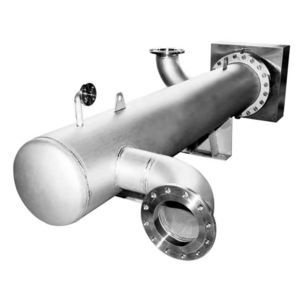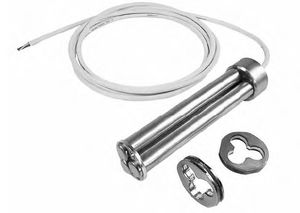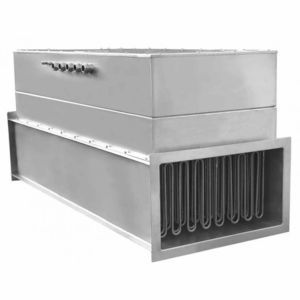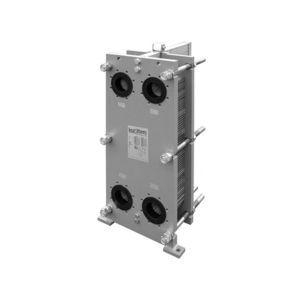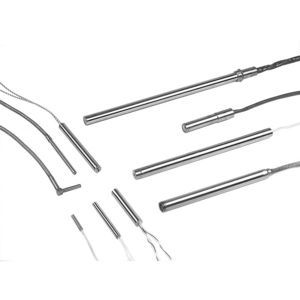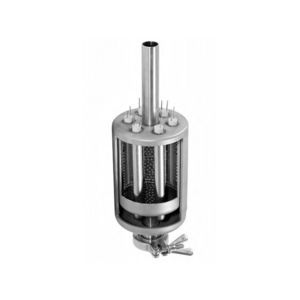
- Industrial machines and equipment
- Heat Exchanger and Refrigeration
- Tubular heating element
- heatsystems GmbH & Co. KG
Tubular heating element ceramic

Add to favorites
Compare this product
Characteristics
- Type
- tubular
- Material
- ceramic
Description
The ceramic heating elements are most frequently used whenever liquids must be heated by exchangeable heating elements.
To this effect, these heating elements are inserted into metallic protective tubes; it is not necessary to drain the liquid surrounding the pipe.
Ceramic heating elements can be produced for a variety of diameters. The following list shows the most frequent diameters; in addition, intermediate dimensions are also available.
I. Usual dimensions
21,5 mm
32 mm
36,5 mm
58 mm
Insulator
Ceramic preformed parts are used as an insulator, accepting the heating contactor wire in half-open grooves, thus ensuring a sufficient isolation distance to the metallic protective tube.
Heating conductor
Highly heat-resistant alloys are used for the heating conductor. The heating conductor wire is held in the ceramic design in a spiralized condition.
Types of mounting
Horizontal
This is the preferred mounting method for ceramic heating elements. Unless otherwise specified, ceramic sectional radiators must only be operated in a horizontal position.
Vertical
The sinking of the heating conductor spiral can be prevented by special ceramic designs for vertical operation.
Normal ceramic heating elements require at least the length of the heater space for an installation and a removal since the heater cannot be bent. Our ceramic heating elements can partially be designed for bending by a special ceramic variant.
Catalogs
No catalogs are available for this product.
See all of heatsystems GmbH & Co. KG‘s catalogsRelated Searches
- Vessel
- Heat exchanger unit
- Liquid/liquid heat exchanger
- Resistance heater
- Water vessel
- Heater
- Tubular heat exchanger
- Stainless steel heat exchanger
- Gas heater
- Water tank
- Air heater
- Electric heater
- Liquid heater
- Immersion heater
- Tubular resistance heater
- Cartridge heater
- Circulation heater
- Convection heater
- Flat resistance heater
- Ceramic resistance heater
*Prices are pre-tax. They exclude delivery charges and customs duties and do not include additional charges for installation or activation options. Prices are indicative only and may vary by country, with changes to the cost of raw materials and exchange rates.


